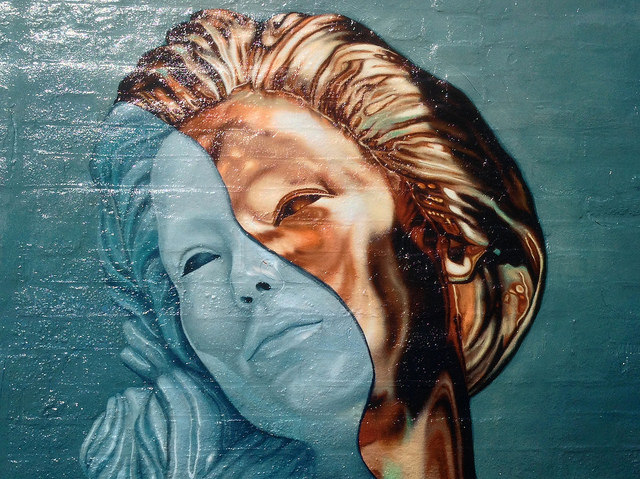What you’ll learn to do: describe personality disorder clusters and compare characteristics between Cluster A personality disorders
Individuals with personality disorders exhibit a personality style that is inflexible, causes distress and impairment, and creates problems for themselves and others. The DSM-5 recognizes 10 personality disorders, organized into three clusters.
Cluster A is described as the odd/eccentric cluster and consists of paranoid personality disorder, schizoid personality disorder, and schizotypal personality disorder. The common feature of these three disorders is social awkwardness and social withdrawal (APA, 2013).
Cluster B is typically described as the dramatic, emotional, or erratic cluster and consists of antisocial personality disorder, borderline personality disorder, histrionic personality disorder, and narcissistic personality disorder. Individuals with these personality disorders often experience problems with impulse control and emotional regulation (APA, 2013).
Cluster C is characterized as the anxious/fearful cluster and consists of avoidant personality disorder, dependent personality disorder, and obsessive-compulsive personality disorder. As you read through the descriptions of these disorders, you will see an overlap with symptoms of anxiety and depressive disorders.
In this section, you’ll learn about Cluster A, the odd or eccentric types of personality disorders: paranoid, schizoid, and schizotypal personality disorders.
Candela Citations
- Modification, adaptation, and original content. Provided by: Lumen Learning. License: CC BY: Attribution
- Personality Disorders. Authored by: OpenStax College. Located at: http://cnx.org/contents/Sr8Ev5Og@5.52:OBtWuv0R@5/Personality-Disorders. License: CC BY: Attribution. License Terms: Download for free at http://cnx.org/contents/4abf04bf-93a0-45c3-9cbc-2cefd46e68cc@5.48
- Photograph of mural. Authored by: Alan Levine. Located at: https://www.flickr.com/photos/cogdog/22453413976. License: CC BY: Attribution

